So You Want People To Care About Your Indie Game. Cute.
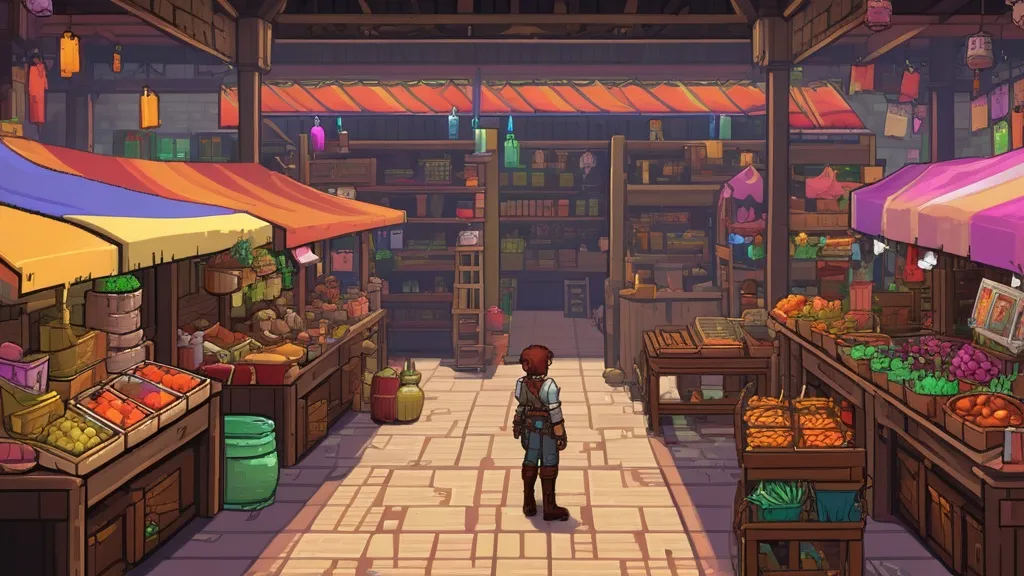
I’ve been doing this for a while. Over a decade of launches that went great, launches that faceplanted, and a few weird wins that still make no sense. So let’s talk about the thing everybody asks me for: an indie game marketing strategy. Yes, I used the term up front because SEO is a goblin that needs snacks. In my experience, it’s really a bundle of habits: a simple marketing plan, steady devlogs, Steam wishlists, a clean press kit, a sharp gameplay trailer, store page optimization, and honest community building on Discord and social. Plus influencer outreach, PR basics, and a sane launch day plan. Sounds like a lot. It is. But it’s doable if you keep the pieces small.
I’m going to keep this simple. Short sentences. No fluff. I’ll sound a bit grumpy at times. That’s because I’ve watched too many good games ship into a void. Let’s not do that to yours.
The First Annoying Truth: No One Owes You Attention
When I started, I thought “if the game is good, players will find it.” Cute thought. Didn’t help. Players are busy. Stores are busy. The algorithm is a cat: it likes you when you feed it daily and it ignores you when you don’t.
I’ve always found that your job is to make it easy for people to see your game and feel something in 3 seconds. Not 30. Three. A clip. A line. A hook. If you can’t say why your game is cool in one breath, you’ll struggle. I learned this after I tried to pitch a tactical roguelike with a farming sim layer and a cooking meta and—yeah—people glazed over. My bad.
Start With Three Hooks
- One visual hook: a GIF or short clip that makes folks stop scrolling.
- One sentence hook: “Doom meets Stardew, but you play as the dungeon.” Weird, but clear.
- One gameplay loop hook: “30s of action, 10s to upgrade, repeat.”
These are not fancy. They are simple on purpose. They fit into a tweet. A TikTok caption. A Discord ping. That’s the point.
Know Your People (Not Everyone)
In my experience, “everyone” is a trap. “Everyone” buys nothing. Pick a lane. Who actually loves what you’re making?
Make a Tiny Player Profile
- Age range: 16–30? Or 30–45? Keep it broad, not a police sketch.
- Favorite games: write 3. If you can’t, you don’t know them yet.
- Platforms: PC? Switch? Mobile? This changes everything you do.
- Hangouts: Reddit, Discord, TikTok, YouTube, forums. Pick 2 to start.
I once thought my stealth puzzle was for “stealth fans.” Turns out it was for cozy puzzle folks who liked brain teasers at night. Very different crowd. My early posts flopped until I shifted tone and timing. Late-night posts. Softer colors. Less “tactical ops,” more “smart chill.”
Build Shareable Moments
Clips win. Not essays. Not threads. Clips. Ten seconds max. Sound on. I keep a folder called “Moments.” Every week, I add 3 clips: fail, win, “aha.” These become posts, trailers, and replies.
Speedrun Bait (If It Fits)
If your game allows sequence breaks, time trials, or clever skips, lean into it. Players love to break stuff, fast. I show early timers and ghosts. I add a “dev time” to beat. If you want to see how deep that rabbit hole goes, this page on speedruns is a fun place to get ideas.
Store Page Basics That Move The Needle
I’m talking Steam, itch.io, or console stores. The page is your front door. Make it clean.
Trailer: The First 5 Seconds Decide
- Lead with gameplay. Not logos. Not a slow fade.
- Use readable text. Big. Bold. Few words.
- End with a clear ask: “Wishlist now” or “Play the demo.”
I’ve cut trailers that were pretty. They did nothing. The ones that worked had a strong opening and one big idea. “You are the monster.” “Gravity obeys you.” You get it.
Capsule Art And Screenshots
- Capsule: clear silhouette, strong color, readable at tiny size.
- Screens: show variety. UI visible. No blurry stuff.
- Alt text and captions help on social. Seriously.
Text, Tags, And Keywords
- First lines: who it’s for, what they do, why it’s different.
- Tags: pick accurate ones. Don’t tag everything. The store punishes tag soup.
- SEO: use game genre words people search for. “City builder,” “deckbuilder,” “metroidvania.”
Wishlist Math (The Boring Part That Saves You)
Wishlists are the early signal. People argue about conversion rates. In my runs, here’s the simple thought: more wishlists, more visibility, more sales. Not magic, just odds.
Mini “Table”: Wishlist Benchmarks I Use
- Pre-demo: a few hundred–a few thousand is fine for small teams.
- Post-demo: aim to 2x–5x if your demo is good.
- Next Fest: spikes help, but the tail matters more.
- Launch day: 10k+ wishlists can be a great start for a small premium game. Not a rule. A hint.
Keep a weekly log. Track wishlists, followers, click-through rate, page views, demo downloads, and reviews. A simple sheet works. I use a boring spreadsheet, not magic AI dashboards. Because I actually read it.
Timeline That Doesn’t Break You
Most problems come from trying to do everything at once. Please don’t. Do a simple content calendar. One or two posts a week. One big beat a month.
Mini “Table”: Sample 6-Month Plan
- Month 1: announce, store page live, first trailer, start devlog.
- Month 2: post weekly clips, blog about design pillar, small playtest.
- Month 3: demo teaser, influencer seeding, update screenshots.
- Month 4: demo live (festival if possible), press kit ready, Q&A stream.
- Month 5: iterate demo, fix onboarding, more creator outreach, short feature trailer.
- Month 6: launch window announce, final trailer cut, review keys, countdown.
That’s a sketch. You will move blocks around. That’s fine. The key thing is rhythm. The algorithm cat purrs when you post steady, not when you panic-post at 3 a.m. before launch.
Influencers: The Good, The Meh, And The Fake
Creator outreach is where many devs burn out. I did too. I sent 500 emails once. Got 4 videos. So now I go small first. Micro-creators. 5k–50k subs. They care more, and they’re kinder to weird ideas.
What I Send In A Short Pitch
- One line hook + 10-second GIF.
- Why their audience might like it (based on past videos).
- Steam key or demo link + press kit link.
- No begging. No “we’d love your support” fluff. Respect their time.
If you want a quick read on the idea of creator outreach in general, this page on influencer marketing explains the basics. It’s dry, but it matches what I see: trust > reach. Always.
Press And PR Without Tears
Press is not dead. It’s just busy. Journalists get too many emails. If you do reach out, send a clean press kit, a short pitch, and offer early hands-on if you can.
Press Kit Checklist (Keep It Simple)
- Short description (one paragraph).
- Fact sheet (platforms, price, release window, team size).
- Trailer, screenshots, logo variants, key art.
- Contact info and review keys.
Publicity is part of basic public relations. Don’t overthink it. Be helpful. Be polite. Don’t send 10MB attachments. And yes, you will get ignored sometimes. That’s normal.
Social Platforms: Pick Two, Not Ten
What I think is this: go where your players hang out and where you can post without hating life.
Twitter/X
- Good for devlog threads and GIFs. Tag other devs. Use game dev hashtags sparingly.
- Reply more than you post. Make friends, not announcements.
TikTok
- Fast cuts. Show faces if you can. Talk while you show gameplay.
- Use native text. Ask a simple question in the caption.
YouTube
- Devlogs and longer clips. Title clarity matters. Thumbnails matter more.
- Pin a comment with your store page link.
- Post where it fits. Read the rules. Mods are swift.
- Share progress, not sales talk. People sniff hype fast.
Community: Your Discord And Your Email List
Discord is a nice hub when it’s alive. A ghost town hurts you. So keep it small and warm at first.
Discord Habits That Work For Me
- Office hours once a week. 30 minutes. Questions and a small update.
- Two channels to start: #announcements, #feedback. Add more later.
- Pin your Steam link. Post patch notes fast when you fix things.
Also start a newsletter. Yes, email. It still works. A simple monthly update with one image and one link. People forget fast; emails remind them. The boring stuff in marketing and sales basics still applies to us.
Pricing, Discounts, And Regions
I used to underprice my games. Thought “cheap = more sales.” Not always. Price is a signal. If your game has depth and polish, charge a fair price. Then do smart discounts on the store-wide events.
Mini “Table”: Simple Pricing Notes
- Base price: match similar games + honest scope.
- Launch discount: 10%–15% is common. Keeps value while nudging impulse buys.
- Regional pricing: use platform suggestions, then sanity check big markets.
Events, Demos, And Playtests
Festivals matter. Next Fest especially. A demo that teaches fast can double your wishlists. A bad demo can tank interest. I have shipped both. Guess which one got angry comments.
Demo Tips I Actually Use
- 5–20 minutes long. End on a high note. Leave them wanting more.
- Onboarding: tutorial hints. Don’t assume anything.
- Collect feedback in-game. One-click “Was this fun?”
- Update during the fest if you must, but don’t break saves.
Content That Sells Without Selling
I like devlogs that teach one thing. “How I made jump feel good.” “Why my boss fights are short.” People share stuff that helps them look smart. That’s your angle: make shareable, helpful content.
Mini “Table”: Weekly Content Rhythm
- Mon: clip of a weird mechanic (10s).
- Wed: GIF + one tip from devlog.
- Fri: short story from a playtest fail (people love fails).
What “Strategy” Means Without Buzzwords
Strategy is choices. What you will do and what you will ignore. If you want a dry definition, the wiki on marketing strategy is there. But here’s my plain version: pick a clear goal, pick a few channels, post on a schedule, measure simple numbers, and adjust. That’s it. Put that on a sticky note.
Pick One Core Goal Per Month
- Month A: grow wishlists.
- Month B: test demo and fix onboarding.
- Month C: reach five creators who fit the game.
Everything you do that month should feed that goal. If it doesn’t, skip it. Hard yes or hard no. Saves your brain.
Budgets: Where Money Helps (And Where It Doesn’t)
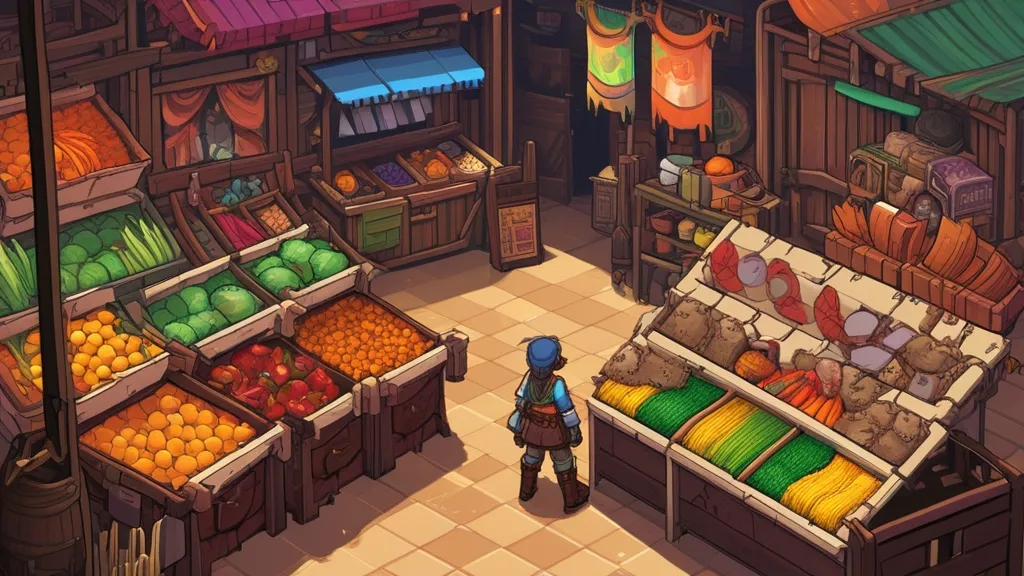
I’ve wasted money on ads that did nothing. Why? Because my store page was weak. Ads amplify. They don’t fix. So first fix the page. Then think about small ad tests.
Mini “Table”: Budget Ideas For Small Teams
- Art polish for capsule and key art: yes, spend here.
- Trailer edit by a pro: if your cuts are weak, this pays back.
- Micro-creator sponsorships: small, honest, targeted.
- Ads: only after page converts and demo hooks players.
Press Keys, Curators, And Scams
Short rant. Don’t send keys to random emails that “represent big creators.” Check verification. Use request tools or send through known platforms. Keep a list of who you sent keys to, with time and notes.
Key Hygiene
- Watermark early builds.
- Limit keys. Track them in a sheet.
- Be ready to revoke if you see nonsense.
Little Things That Make A Big Difference
- Pin your best clip on each social profile.
- Add “Wishlist on Steam” button everywhere. Top and bottom.
- Reply to comments fast in the first hour of a post. It boosts reach.
- Use subtitles on all videos. Lots of people watch on mute.
- Localize your store text into the top 5 languages for your genre.
What About Definitions And Basics?
If you’re totally new to the scene and want basic terms, this page on indie games lays out the general idea. Useful if you’re explaining to your aunt why you work Saturdays for fun.
A Quick Story About Failing Publicly (And Surviving)
Years ago, I launched a pixel tactics thing. I thought it would crush. It did not crush. My trailer started with a 6-second logo. The Steam page had moody screenshots that hid the UI. No demo. I told myself “mystery sells.” Sure. To who? Sales were bad. I moped for a week. Then I cut a new trailer with gameplay at second one, swapped in readable screens, released a demo, and did a small Reddit AMA. Wishlists doubled in two weeks. Reviews trickled in. The game didn’t become a hit. But it got healthy. That’s the bar for most of us: healthy.
Okay, So How Many Times Do I Say The Magic Words?
I try not to overuse buzz terms. Saying indie game marketing strategy a hundred times won’t fix a weak page. I’d rather show you a good trailer and a working demo. But yes, the phrase helps people find this post, so here we are.
Launch Week, Without Melting
Launch week is loud. Make it boring on purpose. Pre-schedule almost everything. Keep your energy for support and bug fixes.
Launch Checklist I Actually Use
- Final trailer pinned everywhere.
- Press kit updated, review keys out with embargo time.
- Creator outreach reminder two days before launch.
- Patch ready for day one hot fixes.
- Short, clear update plan for the first week.
Post-Launch: Don’t Vanish
This is where many teams go dark. Don’t. Post your roadmap, even if small. Do one tiny update in week one. Celebrate players. Share a couple of fan clips. Ask for reviews, but politely. And if your game supports it, run a community challenge. Speedrun seed, boss time trial, score chase. Stuff like that keeps the room warm.
Simple Frameworks I Lean On
USP In One Line
- “It’s like X, but with Y.” Corny, but it helps people get it fast.
Three-Second Test
- Load your trailer. Mute it. Would a stranger know what you do in three seconds? If not, recut.
Feedback Rule
- When two players say the same thing, it’s a trend. When one loud player says a thing, it’s a data point.
Your Metrics, But Not Too Many
You don’t need a NASA dashboard. Track a few numbers weekly:
- Store page views.
- Wishlist adds and wishlist-to-sale conversion.
- Demo downloads and completion rate.
- Click-through rate on posts.
- Review count and rating.
That will tell you enough to adjust. If page views rise but wishlists don’t, the page is weak. If posts get clicks but page views don’t rise, your links are buried or broken. If demo downloads are fine but completion is low, onboarding is the villain. Fix the villain.
If You Want A Neater Definition (Again)
Some folks like definitions. So here: a plan that blends who you target, what you say, where you say it, and when. That’s what people mean by “strategy.” There’s a long article for it on marketing strategy if you’re in that mood. I read it once. I prefer sticky notes.
Common Mistakes I See (And Make)
- Announcing too early with nothing to show.
- Waiting too long to show anything.
- Posting once a month and expecting magic.
- Making a trailer for other devs, not players.
- Ignoring the email list because “email is old.” It works. Use it.
Publisher Or Self-Pub?
Publishers can help with funding, QA, platform deals, and reach. They also take a cut and call shots. I’ve done both routes. I tell small teams to self-pub unless the publisher clearly adds things you cannot add: QA army, console porting, or a creator network that actually replies to emails. If a publisher says “we love the vision” but can’t show a plan, it’s a pass from me.
One Last Note On Words
I’ve said this field-y phrase a couple times to please the robots: indie game marketing strategy. But remember, the work is the clips you post, the page you polish, and the people you talk to. The rest is noise.
FAQs (Stuff I Get In DMs All The Time)
- Q: Do I need a demo? A: If your game sells itself when people touch it, yes. If it’s story-heavy and spoilers kill it, maybe a short teaser build. Try a limited demo first.
- Q: Are paid ads worth it? A: Only after your page converts. Test small. If $20 in ads gets you page views but no wishlists, stop and fix the page.
- Q: How many social platforms should I use? A: Two. Maybe three if you have help. Better to be steady on two than messy on five.
- Q: How early should I start talking about the game? A: When you can show a fun, clear clip. Not before. That might be month two. Or month twelve. No rush.
- Q: Should I pay big creators? A: Not first. Start with micro-creators who like your genre. If you pay, be clear on deliverables and timing. Track results.
If you’re still here, thanks. Go cut a sharper trailer. Or post that clip you’ve been sitting on. I’ll be over here, yelling at my build to compile and pretending my cat is my producer.

James Carter: Your competitive edge. I cover Patch Notes, Speedruns, Battle Royale Strategy, Multiplayer Trends, and Game Dev Insights. Let’s get into it!
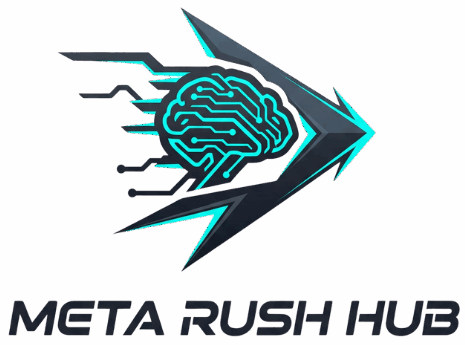
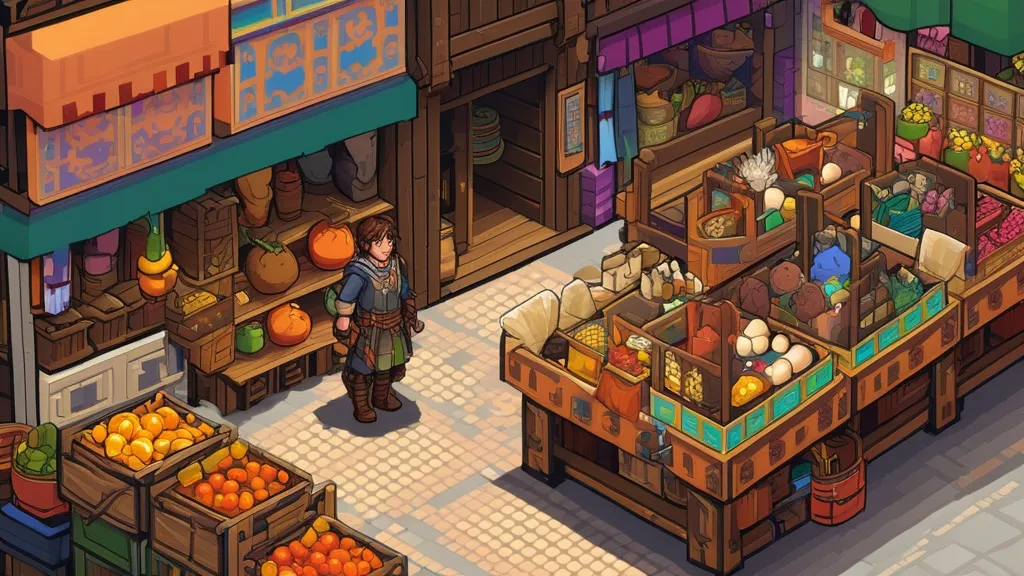
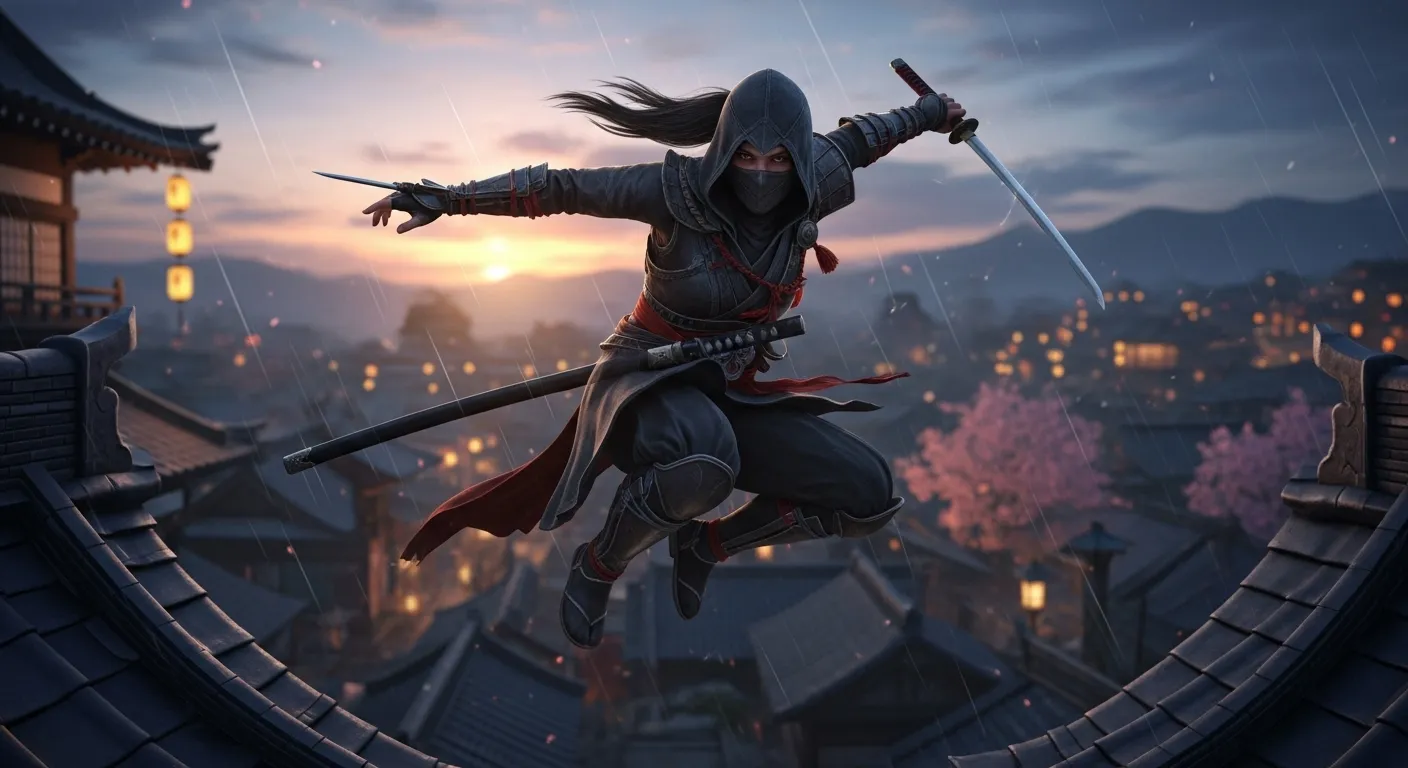
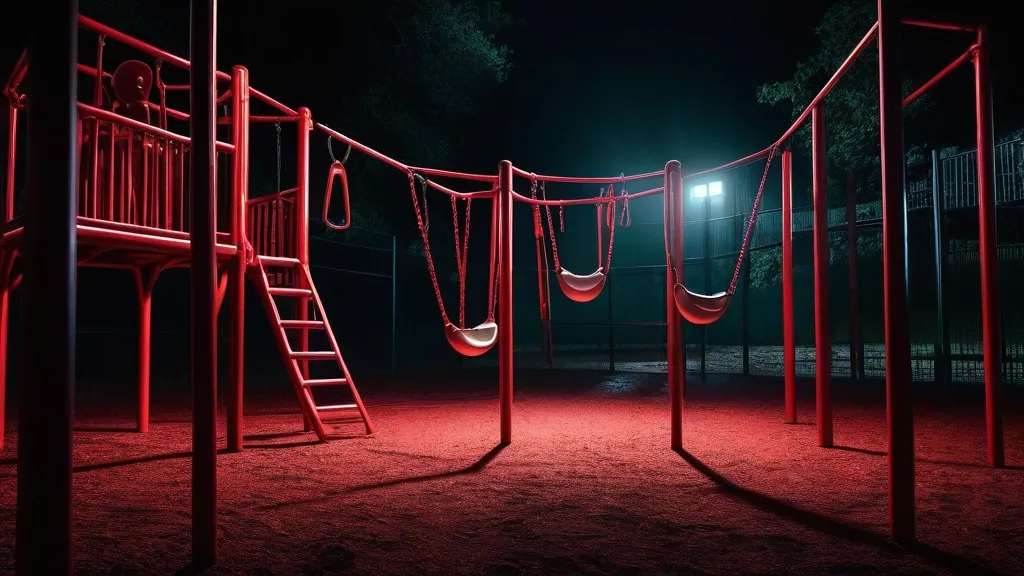
Love the practical advice on forming player profiles and creating hooks that grab immediate attention. Great read!
Great insights on indie game marketing! Creating shareable moments and knowing your target audience are key. Fantastic advice overall.
Great tips on indie game marketing strategy. Building buzz takes effort and planning. Excited to see more from this author!
Love the focus on concise, actionable advice. Great reminder that attention must be earned, not expected.
What are the most common mistakes in indie game marketing strategies?